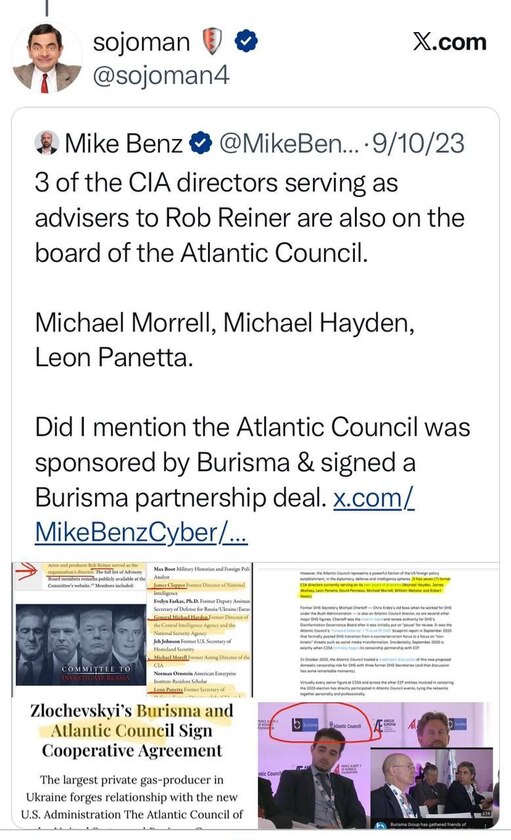
We know what’s coming and we are prepared.
🇺🇸 The Sahm Rule Was Right All Along
The Sahm Rule is one of the cleanest, most reliable ways to identify when the U.S. is in recession. It’s simple: if the three month average unemployment rate rises half a percentage point above its 12 month low, you’re already in one. It’s not about forecasts, it’s a contemporaneous signal and it’s been 100% accurate since the 1970s. When it flirted with activation in 2023, Claudia Sahm herself urged caution because of pandemic era distortions, but she also stressed that if it flipped cleanly, it meant the labor market was weaker than the glossy headlines implied.
Fast forward, and the revisions now show that’s exactly what happened. In August 2024, BLS benchmark adjustments erased 818,000 jobs. By February 2025, another 589,000 were gone. And just recently, Treasury Secretary Scott Bessent flagged that another 800,000 could be stripped out. Add to that the steady drip of downward revisions through 2025, June flipping from a modest gain to a net job loss and the labor market has been overstated by somewhere between 2.3 and 2.4 million jobs since April 2023.
Like i said in my previous post that kind of wholesale rewrite hasn’t happened since 2009, when the BLS had to admit it had massively overstated payrolls heading into the financial crisis. And history shows that these benchmark adjustments aren’t just statistical clean up. They almost always surface at turning points, the stagflationary recession of the mid 1970s, the double dip downturn in the early 1980s, and the collapse of 2007-09. They’re usually evidence that the economy was already much weaker beneath the surface, and the headline strength was more illusion than fact.
Which brings us back to the Sahm Rule. On the charts today, the indicator looks muted, sitting well below the 0.5 threshold. But that’s because the unemployment rate itself has been calculated off job counts that are now being revised down. If those missing millions of jobs had been reflected at the time, the unemployment rate would have been higher, the Sahm Rule would have ticked up, and the U.S. might already be shown as having tripped into recession. In other words, the Sahm Rule didn’t miss, the inputs did. Once the revisions are fully baked in, history may show it was flashing red in 2023 while policymakers insisted on labor resilience.
That’s what makes this so consequential. For two years, the Fed leaned on the strong jobs market as its justification for keeping rates higher for longer. But if those jobs never really existed, then the Fed was tightening into fragility. That turns its high for longer stance into a policy error built on faulty data.
Which is why the September 17, 2025 cut is unlikely to be a one off. As these revisions settle and the depth of labor weakness becomes impossible to deny, the Fed won’t just be trimming for optics. It will be forced into a broader pivot in 2026 acknowledging, belatedly, that the Sahm Rule was right all along.
🔗 EndGame Macro
“Bondi Hero” Ahmed Al-Ahmed (the man who disarmed the ISIS terrorist in Australia on Sunday) received a phone call from the Foreign Minister of Syria.
During the call, Ahmed asks the Foreign Minister to pass on his “regards” to the new President of Syria, Al-Julani.
Both Al-Julani and Asaad al-Shaibani (the Foreign Minister of Syria) are members of Al Qaeda.
So we allegedly have somebody who sympathizes with terrorist Syrians stopping other terrorists?
Feels like a simulation.
"It does not matter whether this situation reflects planning on the part of a shadowy elite, or is emergent from the decline of your civilization. No matter whom you vote for, or what gloss your preferred candidate puts on these issues, nothing will change until you and enough of the people around you wake up to reality, and launch a campaign of consistent non-compliance with the antihuman trajectory that manipulative elites have set us upon.
It does not matter whether you label the centralizing ambitions of those elites as socialism, communism, technocracy, gobalism or fascism. It doesn’t matter whether you see them as reflecting philanthropic, criminal or satanic motives. The important thing about centralisation is that it absolutely requires censorship and comprehensive obliteration of rights and freedoms to persist, and that it is wholly incompatible with the flourishing of human beings...”
History doesn’t offer much hope. It seems always to have been the case that an ...
FBI Arrested A Fifth Trantifa Militant In NYE Bomb Plot
https://themanhattan.press/2025/12/17/fbi-arrested-a-fifth-trantifa-militant-in-nye-bomb-plot/














